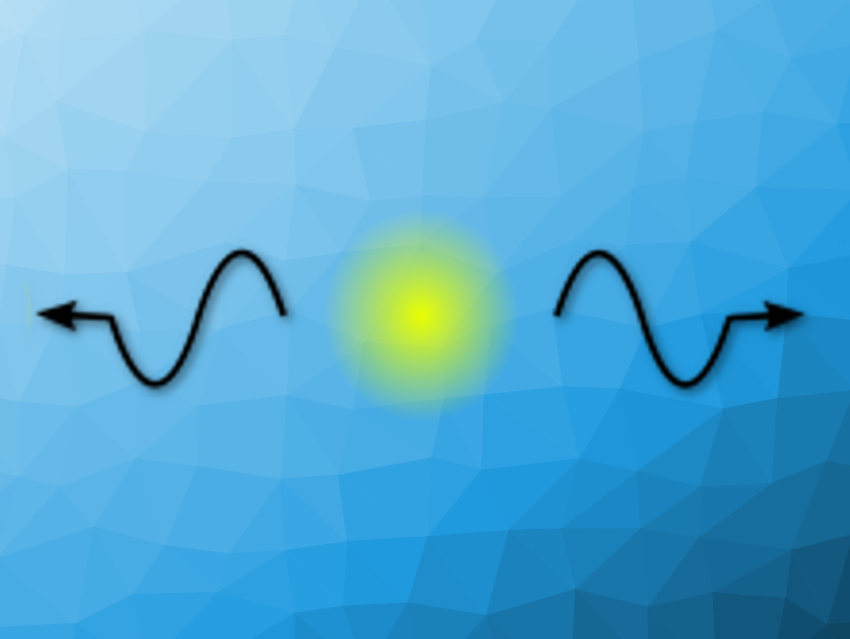Martin Weitz and colleagues, University of Bonn, Germany, have observed a previously unknown phase transition in a Bose-Einstein condensate of photons. Normally, photons are not easily influenced by other photons. Therefore, light beams can normally cross without interfering with each other. But certain conditions can cause photons to interact with each other. An example is an optical Bose-Einstein condensate. Here, the photons behave uniformly and like a single large particle, and can be described by a single wave function.
The researchers have discovered experimentally that such a Bose-Einstein condensate can assume two different states. To do this, the team used a laser to fill a chamber filled with a dye solution between two curved mirrors with photons. The photons are reflected back and forth between the two mirrors.
The dye molecules remove momentum and energy from the photons, thereby cooling the system and a Bose-Einstein condensate can form. In the normal state, the light particles in such a Bose-Einstein condensate oscillate uniformly and the system can become a photon-emitting laser without a sharp boundary.
The team found that if the conditions are slightly changed, the Bose-Einstein condensate undergoes an abrupt phase transition: It changes from the normal oscillating state to a so-called overdamped phase.
The scientists think in the long term their results could be relevant to encrypted quantum communication. Building on their experiments, they plan to search for new states of the light field in multiple coupled light condensates.
- Observation of a non-Hermitian phase transition in an optical quantum gas,
Fahri Emre Öztürk, Tim Lappe, Göran Hellmann, Julian Schmitt, Jan Klaers, Frank Vewinger, Johann Kroha, Martin Weitz,
Science 2021, 372, 88–91.
https://doi.org/10.1126/science.abe9869


